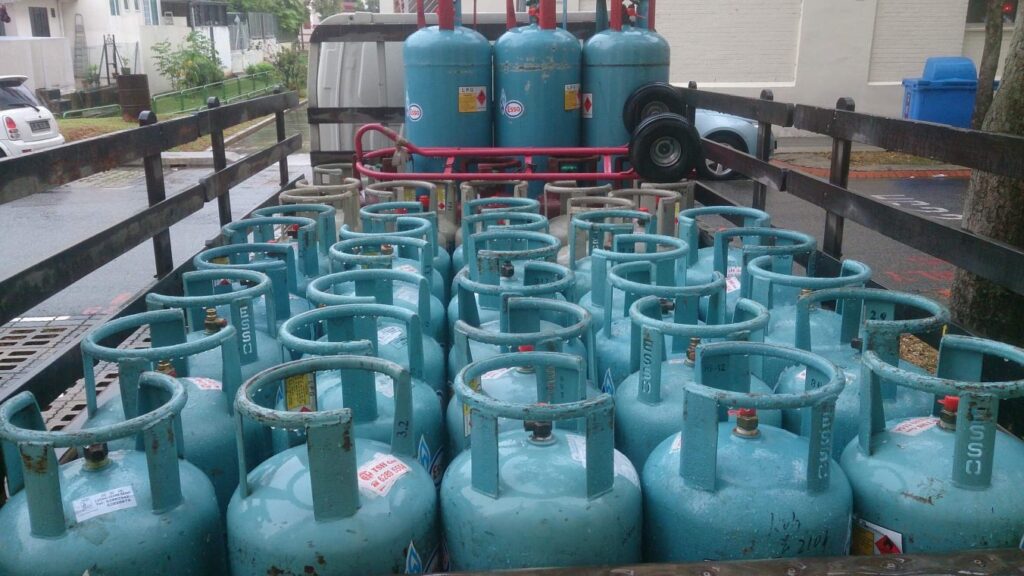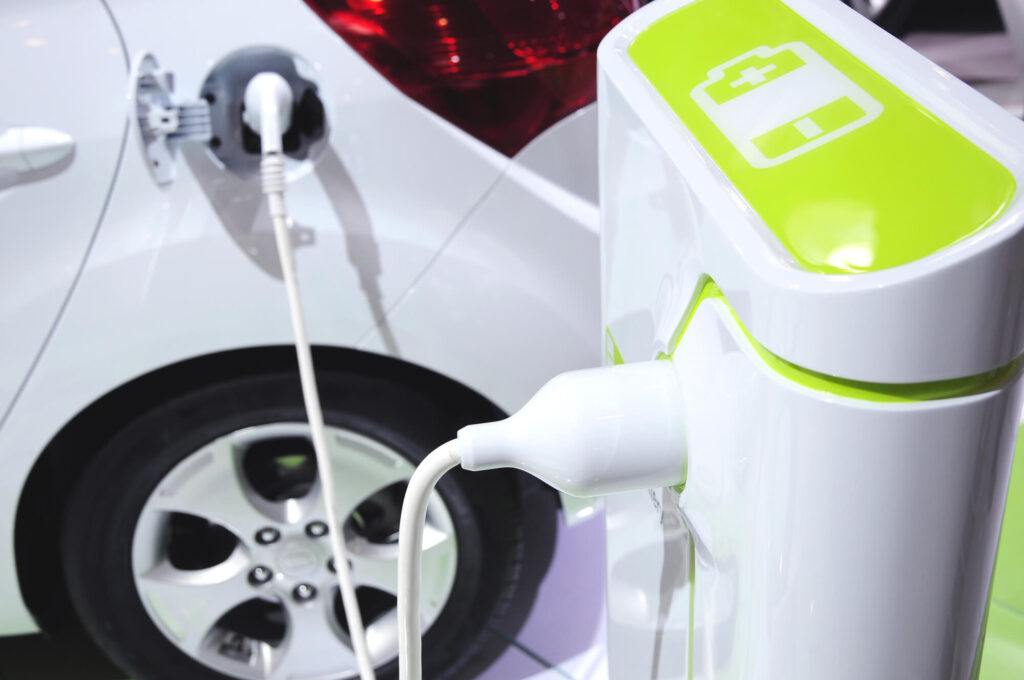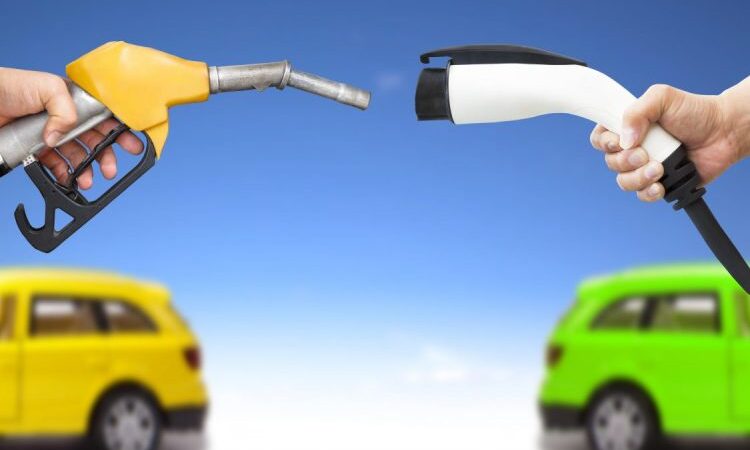Are you familiar with alternative fuels? The concepts of ecology and environmental stewardship are increasingly permeating various aspects of our lives, including the automotive industry.
Table of Contents
ToggleThe primary objective is to reduce dependence on finite resources like natural gas and oil. Instead of using traditional unleaded gasoline and diesel for your vehicle, there is a growing focus on developing alternative methods that contribute to environmental preservation.
Numerous solutions of this nature are currently undergoing testing, and you might not be acquainted with most of them or may not immediately connect them with alternative fuels.
The alternative fuels we know include:
- biodesel,
- bioalcohol (methanol, ethanol, butanol),
- waste fuel (RDF),
- chemically stored electricity (batteries and fuel cells),
- hydrogen,
- methane and biogas from renewable sources,
- vegetable oil,
- propane and other biomass products.
However, most of them are mainly used in industry.
Alternative fuels in cars
In the case of cars running on alternative fuels, we are talking mainly about LPG (liquefied petroleum gas) and biofuels.
LPG installations have been popular for many years, but not because they are more ecological, but because they are cheaper than gasoline and diesel. In addition, this solution is very convenient because LPG can be refueled at virtually every gas station. This is becoming more and more common.

Another variety of fuel for automobiles is compressed natural gas (CNG). Its pollution emissions are roughly three times lower compared to diesel-powered engines. Despite its environmental advantages, CNG remains relatively unpopular, and the availability of natural gas stations is limited.
Biofuels, derived from organic sources like cereals, oil plants, or potatoes (referred to as biomass), present an alternative. Biogasoline, a blend of bioethanol and gasoline (E85), has been on the market for an extended period of time. However, it can only be used in cars equipped with the FlexiFuel system. These vehicles differ from traditional ones due to modifications in valve seats, requiring materials with enhanced hardness to counter the increased susceptibility to corrosion caused by bioethanol. Additionally, adaptations are needed for ignition, and the engine block should include a heating system operational at temperatures below -15°C.
Another automotive solution involves using methanol mixed with water in specific proportions. SerEnergy, a Danish company, stands as the world’s largest manufacturer of this type of solution.
How much is it?
Cars manufactured in large quantities lack engine designs suitable for alternative fuels, risking engine seizure and requiring significant repair expenses when such fuels are used. Luckily, several manufacturers provide vehicles equipped with factory LPG installations, leading to reduced operating costs from the outset. The popularity of hybrid drives, which integrate both combustion and electric engines, is also increasing. While these models are pricier than traditional combustion engine cars, they boast an average fuel consumption of 3–4 liters per 100 km.
Not only fuel
Car manufacturers are diversifying beyond alternative fuels, with electric and hydrogen-powered vehicles gaining popularity.
Presently, electric cars dominate the automotive industry’s landscape, as virtually every major manufacturer unveils its own electric vehicle model. The primary challenges revolve around the car’s range on a fully charged battery and the time and cost associated with charging the battery.

Nevertheless, advocates for environmentally friendly solutions express reservations regarding these types of cars, emphasizing the need for proper disposal of used batteries. Nonetheless, addressing this issue appears to be a matter of time. Nissan has recently introduced the Reborn Light project, aiming to repurpose used Nissan Leaf batteries for street lighting, suggesting that other manufacturers may adopt similar approaches in the near future.
As hydrogen-powered engines are still in the testing phase, accurately estimating the costs of implementing this solution remains challenging. However, it is certain that burning hydrogen produces only water, minimizing additional pollution and potentially appealing to environmentally conscious drivers.
Additionally, the concept of utilizing solar energy to power vehicles is relatively new and, due to the substantial financial investments required, is considered a technology of the future. Vehicles employing this technology are currently in the model and prototype phases.
Do alternative fuels make sense?
The alternative fuel production sector is relatively new. In Poland, nearly 90% of alternative fuel is currently manufactured for use in cement plants. Despite the fact that electric cars make up only a small portion of the vehicles on the roads, the Electromobility Act has the potential to bring about gradual change. The legislation envisions the creation of clean transport zones where only electric and hydrogen vehicles would be permitted, and these cars may also be exempted from parking fees in city centers. These are just a few of the suggested measures.



Pingback: Cars That Weigh Over 6000 Pounds: Section 179 Vehicle Deduction – Qualifying Vehicles and Tax Benefits - Buying new and used cars online, and read expert Car review